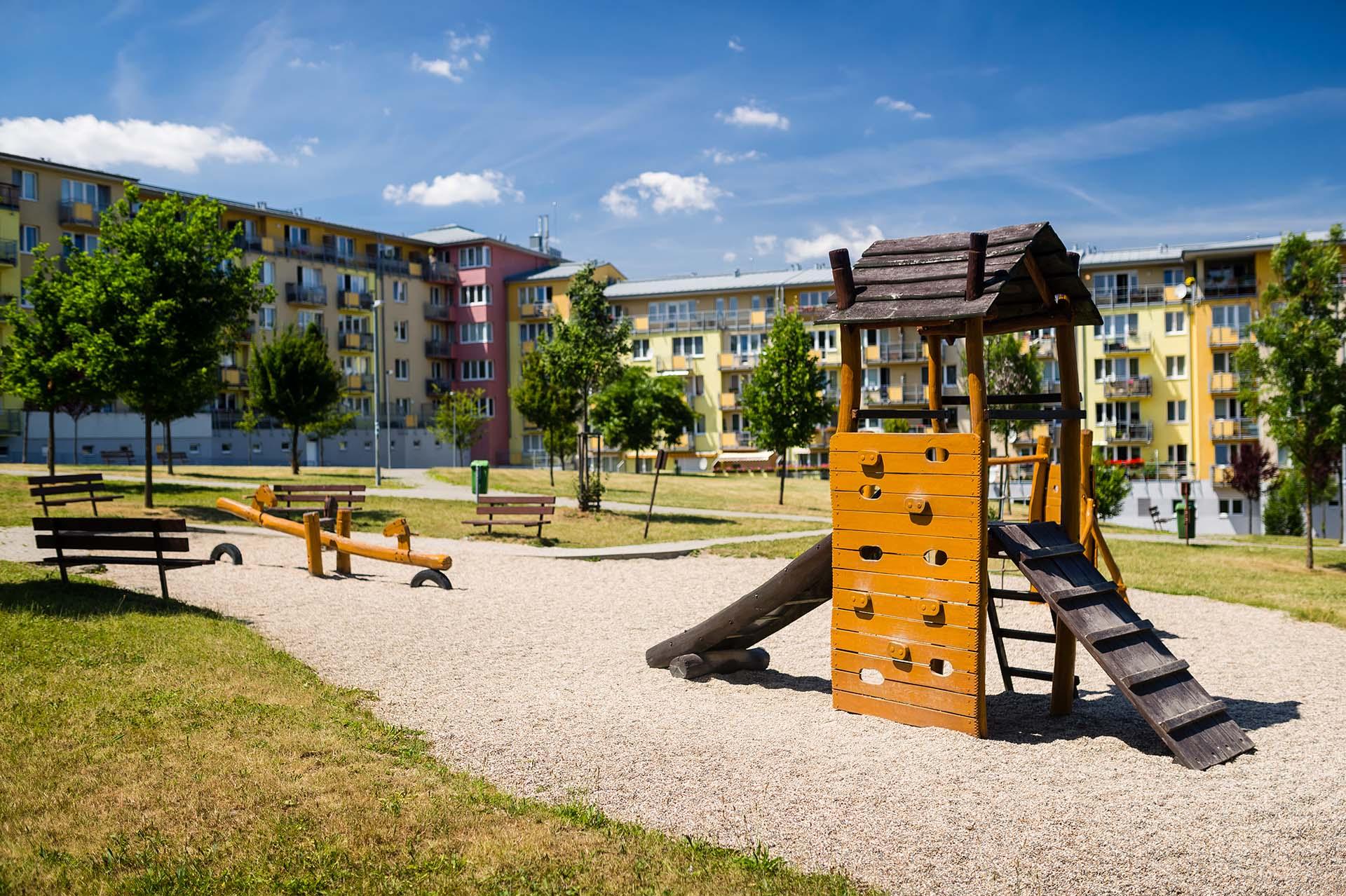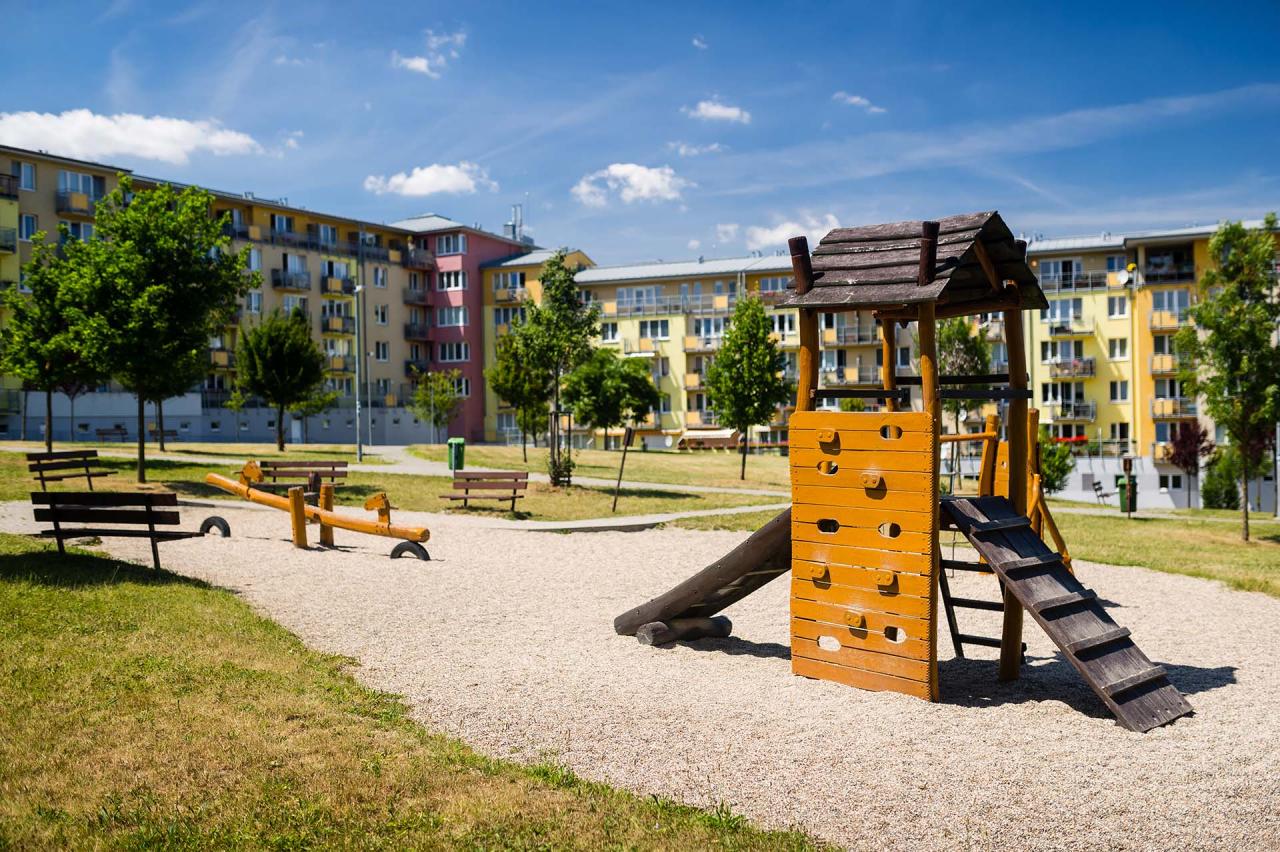Traditionally Australian judicial systems have ‘solved’ domestic and family violence situations by removing the women and children from their home. However, such actions can disrupt children’s schooling and friendship groups and lead to women and children’s homelessness. As a viable alternative, ‘Staying home, leaving violence’ programs can give women who are undergoing the stress of a relationship break-up following domestic and family violence a choice to remain in the family home (which may be owner-occupied or in the private or social housing sectors) rather than to start again somewhere else. In essence these programs facilitate changing the locks on the dwelling doors and window, installing alarms and fitting heavy duty security doors.
Several Australian jurisdictions operate or are trialling ‘Staying home, leaving violence’ style programs.
The NSW Staying Home Leaving Violence program gives priority to women:
- separated from a violent partner but who continue to experience abuse from their ex-partner
- from an Aboriginal and Torres Strait Islander background
- who are affected by socio-economic disadvantage
- from culturally and linguistically (language) diverse backgrounds
- affected by social exclusion
- who have a disability
- who are caring for a child with a disability
- are aged 16 to 18 years.
The NSW Staying Home Leaving Violence (SHLV) programs commenced in 2007 and now operates in 43 locations across the state (as of October 2022).
In NSW the SHLV project has been successful with strong evidence suggesting that it prevents women from becoming homeless and lets them control their own future. Evaluation of the NSW program (in 2011) found that, of 17 clients, more than half remained in their family home long-term, and that in order to be successful SHLV needs three things:
- intensive case management
- an integrated system with partnership with key agencies (e.g. police, courts, welfare agencies)
- community awareness.
SHLV programs can also help social housing tenants convert joint name tenancies (which were with the DFV perpetrator) to single tenancies in the name of the person who has experienced the violence. Housing NSW may work with public housing SHLV clients to both fund and provide some aspects of security upgrades such as new locks.
Evaluation of a Victorian project known as Bsafe found that ‘nearly 70 per cent of clients (who were all at high risk of repeat victimisation, and many of whom had had to move house to escape post-separation violence in the past) were able to remain in their own home once the alarms were installed, and that a further 20 per cent moved house but were able to stay in the local community’.
There were four key elements to the success of Bsafe:
- women had to have a Family Violence Order with exclusion clauses in place and did not want ongoing contact and a relationship with the perpetrator
- ongoing contact and risk assessment with clients, as many had long-term needs
- Bsafe coordinator to oversee referral process, ensure timely kit installation, monitor activations and police response, and communicate with key stakeholders
- training workers (police, service providers) in the use of Bsafe and also women reporting a breach, however minor.
SHLV programs highlight the importance of assessing the personal and individual risks to women and children in order to maximise their safety and to enable them to make informed and appropriate decisions about their next step. The research does show that ‘there is no evidence to suggest that women and children are more at risk if they chose to remain in their home than if they chose to leave. It is the women who know their situation best and who must weigh up the risks of both options, ideally with the help and guidance of trained support workers. Separating from a perpetrator of domestic and family violence unfortunately carries an element of risk, whether women choose to remain or to leave their home’.
It is important to note that SHLV-type programs may not work for everyone and don’t reduce the need for emergency accommodation programs. In addition, while they are tenure neutral, they do not guarantee a person will able to stay in their home long-term as often the now-single person in unable to afford the rent or mortgage payments previously paid for as part of a being in a couple.
AHURI research finds that Australia should move to the provision of homelessness prevention SHLV-type schemes that are as extensive as the current provision of refuge and crisis accommodation across the country; that the schemes should use non-restrictive eligibility practices; that they should include an element of social marketing; and that they should provide both practical and emotional support for clients.





